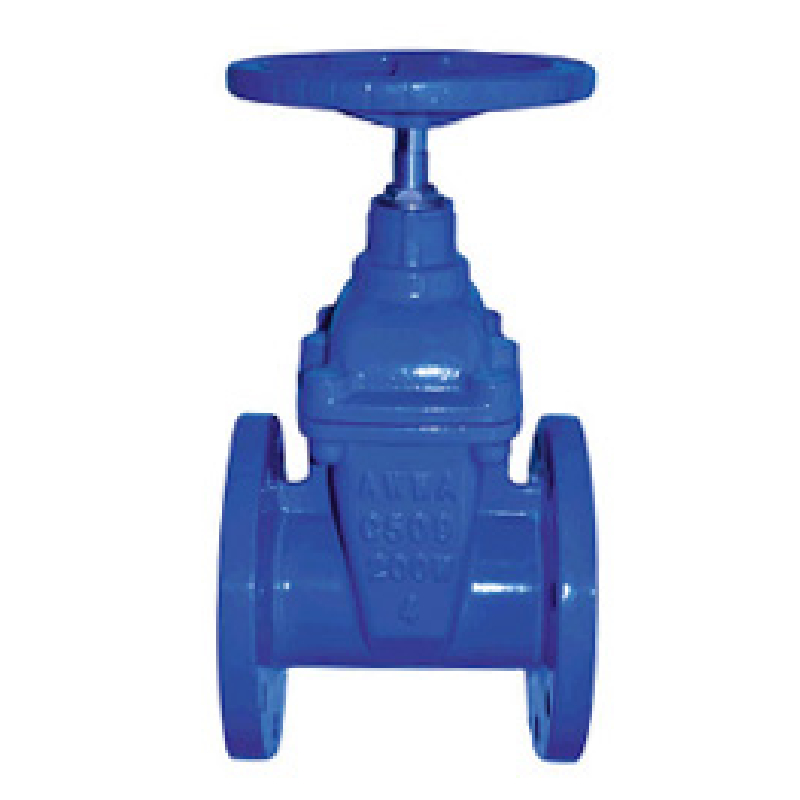Dis . 05, 2024 14:40 Back to list
rubber joint
Understanding Rubber Joints Applications and Benefits
Rubber joints, often referred to as rubber expansion joints or flexible joints, are essential components in various piping systems. These fittings are designed to absorb vibration, accommodate movement, and compensate for misalignment in piping systems. They play a crucial role in various industries, including chemical processing, water treatment, HVAC (Heating, Ventilation, and Air Conditioning), and many more. In this article, we will explore the construction, applications, advantages, and maintenance of rubber joints.
Construction of Rubber Joints
Rubber joints are typically made from high-quality elastomers, such as natural rubber, neoprene, EPDM (ethylene propylene diene monomer), and silicone. The choice of material depends on the specific application's requirements, including temperature ranges, chemical compatibility, and environmental factors.
These joints are constructed in a flexible manner, often featuring a bellows-like design that allows for bending and stretching. This flexibility enables them to absorb shocks and vibrations effectively. The internal structure may include reinforcing layers, such as fabric or steel, to enhance strength and durability. Additionally, rubber joints are often equipped with flanges or fittings that allow for easy installation within a piping system.
Applications of Rubber Joints
Rubber joints find applications across a multitude of sectors
1. Water and Wastewater Treatment In water treatment plants, rubber joints are used to connect various piping systems. They absorb vibrations generated by pumps and turbines, preventing damage to pipes and supporting structures.
2. Chemical Processing The chemical industry uses rubber joints that can withstand harsh chemicals and high temperatures. These joints enable the safe transfer of corrosive substances without risking leaks or pipe failure.
3. HVAC Systems In heating and cooling systems, rubber joints are crucial for minimizing noise and vibration. They help maintain the integrity of the HVAC system by accommodating thermal expansion and contraction.
4. Power Generation Power plants utilize rubber joints in their steam and water systems to manage the dynamic movements caused by thermal expansion and mechanical vibrations. This helps extend the lifespan of equipment and prevents costly repairs.
rubber joint

5. Transportation In pipelines for oil and gas transportation, rubber joints provide the necessary flexibility to handle movement caused by ground shifts or temperature changes.
Advantages of Rubber Joints
Rubber joints offer several advantages that make them a preferred choice in many applications
- Flexibility Their design allows rubber joints to accommodate various levels of movement in all directions, providing a significant buffer against stress and strain.
- Vibration Damping Rubber is an excellent material for absorbing vibrations, which helps prevent excessive wear on both the joint and the connected piping systems.
- Corrosion Resistance Depending on the material chosen, rubber joints can resist corrosion from a wide range of chemicals, making them suitable for various industrial applications.
- Reduced Maintenance The durable nature of rubber joints means that they often require less maintenance and fewer replacements compared to rigid connections.
Maintenance of Rubber Joints
To ensure the longevity and effectiveness of rubber joints, regular maintenance is essential. Inspecting joints for signs of wear, such as cracks or bulging, can help identify potential issues before they result in failure. Proper installation techniques, including adhering to specified torque values on fittings and avoiding overextension, are critical to prolonging the life of rubber joints. Additionally, keeping joints clean and free from debris or corrosive substances helps maintain their integrity.
Conclusion
In conclusion, rubber joints are vital components in many industrial applications, offering flexibility, vibration absorption, and durability. Their ability to accommodate movement and provide a reliable connection makes them essential in preventing damage to machinery and piping systems. By selecting the right type of rubber joint for a specific application and ensuring proper maintenance, industries can enhance operational efficiency and reduce the likelihood of costly downtime due to equipment failures. As technology advances, the development of new rubber materials and designs will continue to improve the functionality and reliability of rubber joints in the years to come.
Share
-
priming-a-pump-with-a-foot-valve-with-strainerNewsAug.23,2025
-
the-importance-of-a-y-strainer-in-pump-protectionNewsAug.23,2025
-
stainless-steel-ball-check-valve-for-high-purity-applicationsNewsAug.23,2025
-
common-applications-for-wafer-type-butterfly-valvesNewsAug.23,2025
-
seat-options-for-a-12-inch-knife-gate-valveNewsAug.23,2025
-
the-lifespan-of-a-typical-dismantling-jointNewsAug.23,2025


